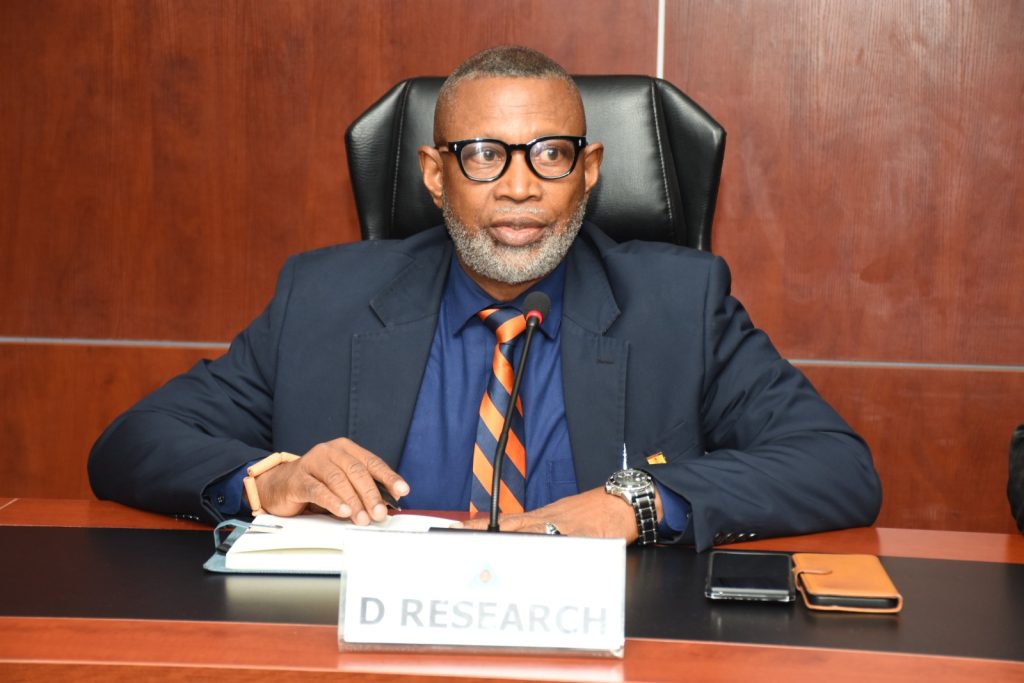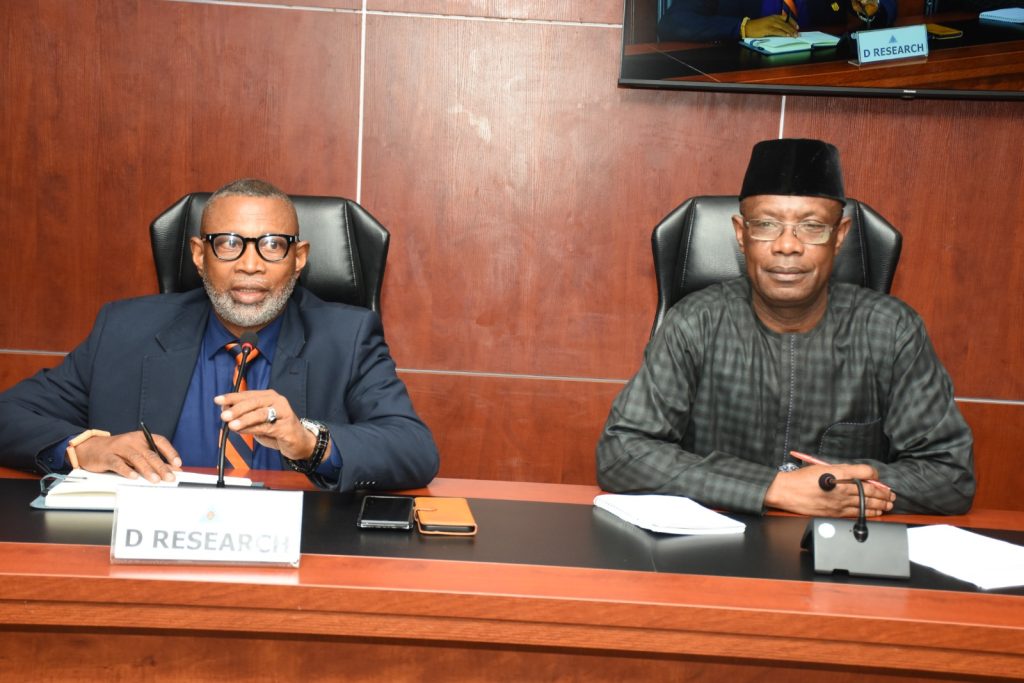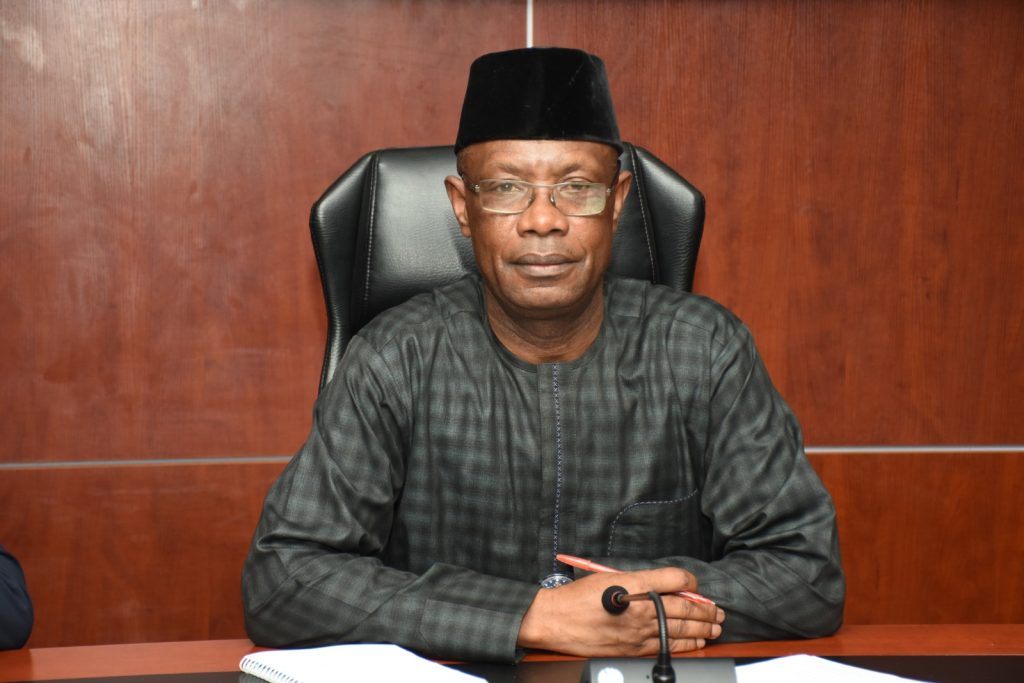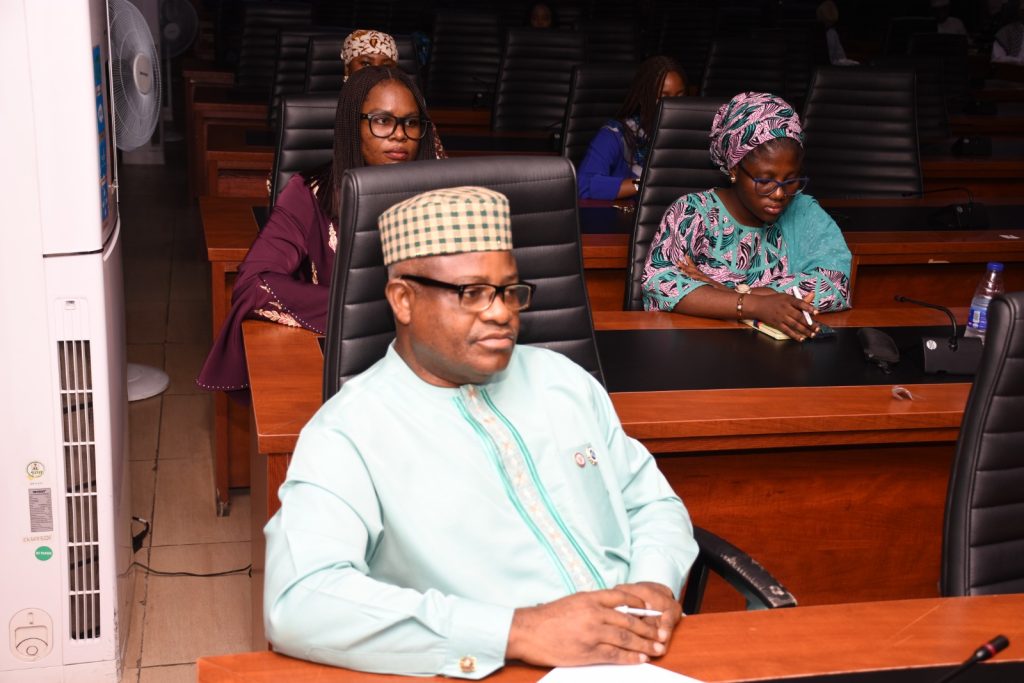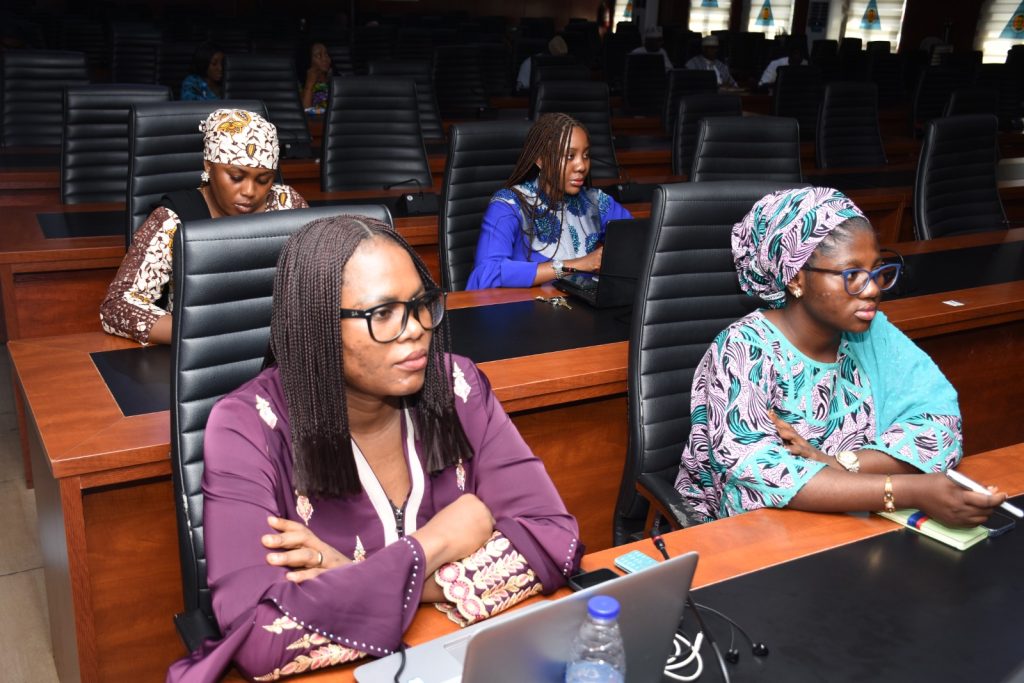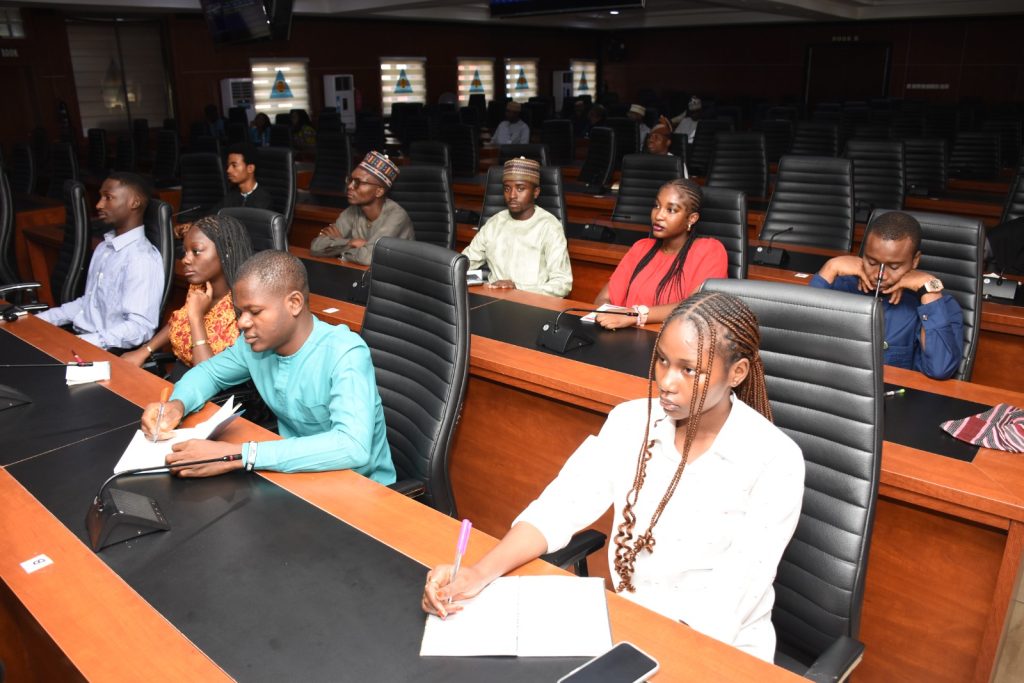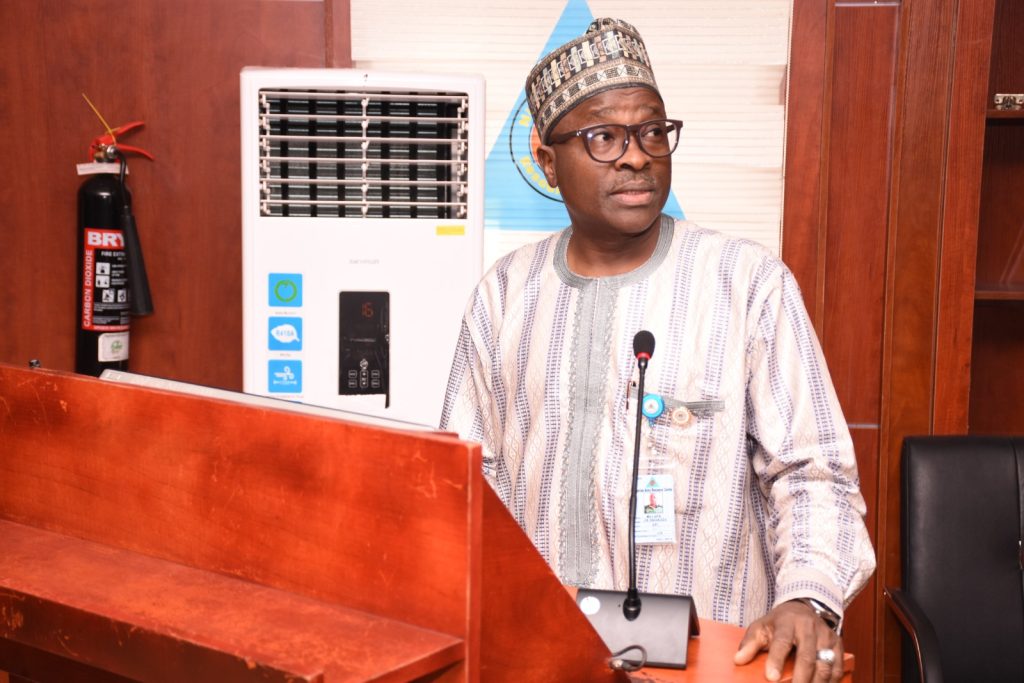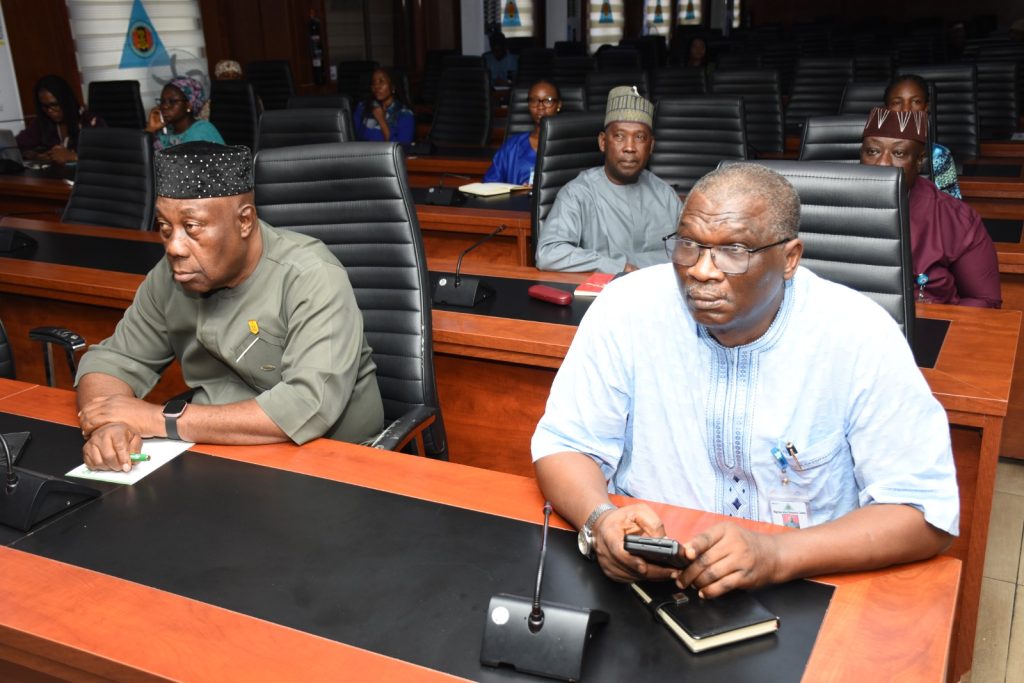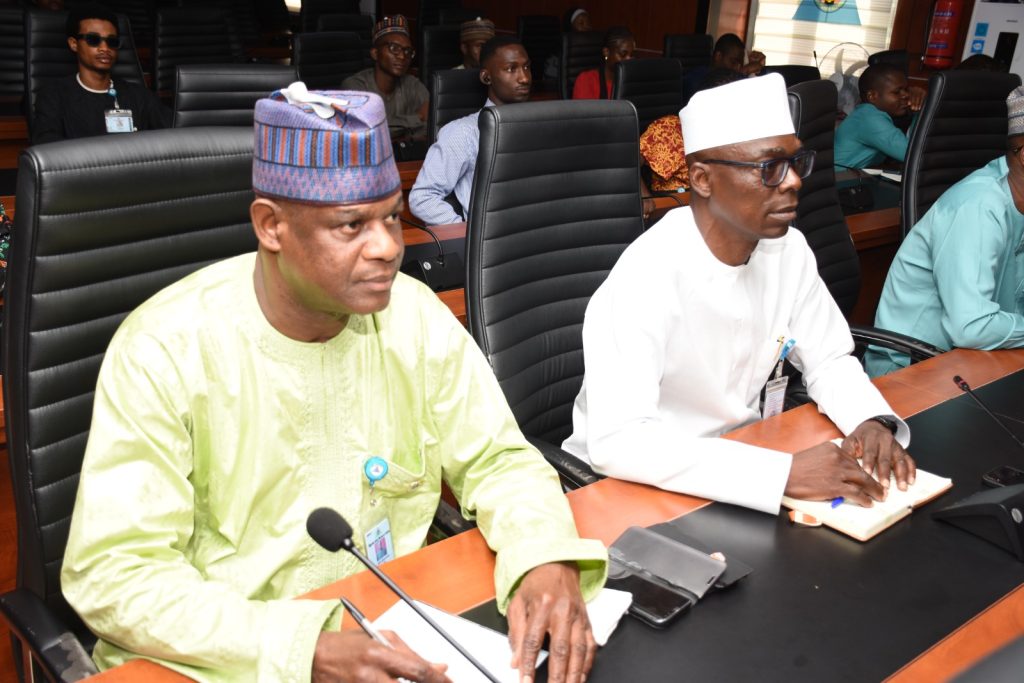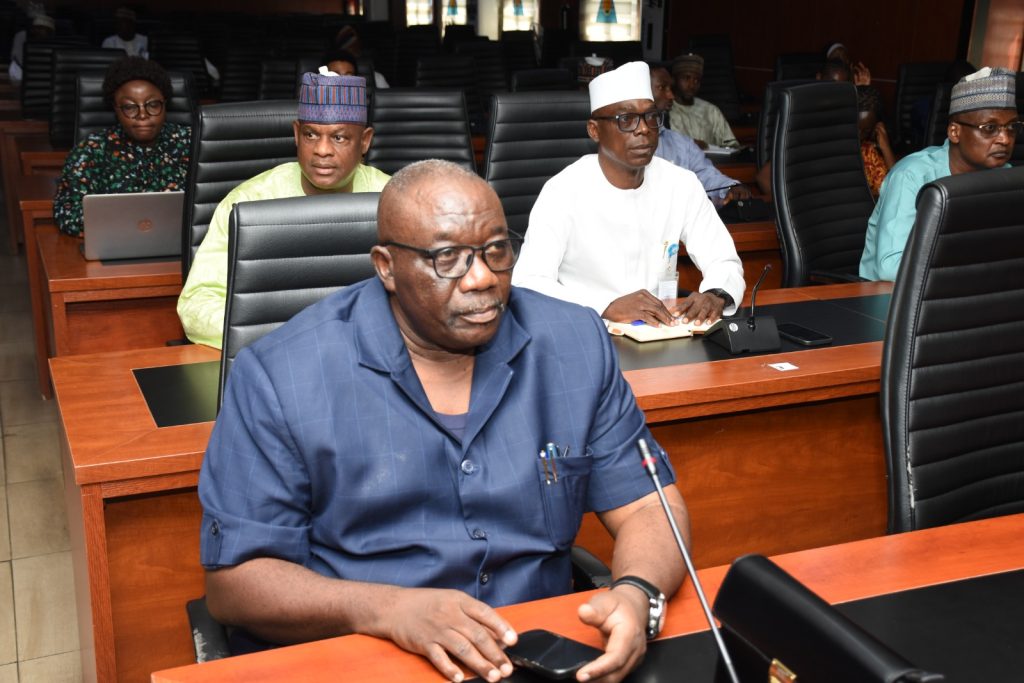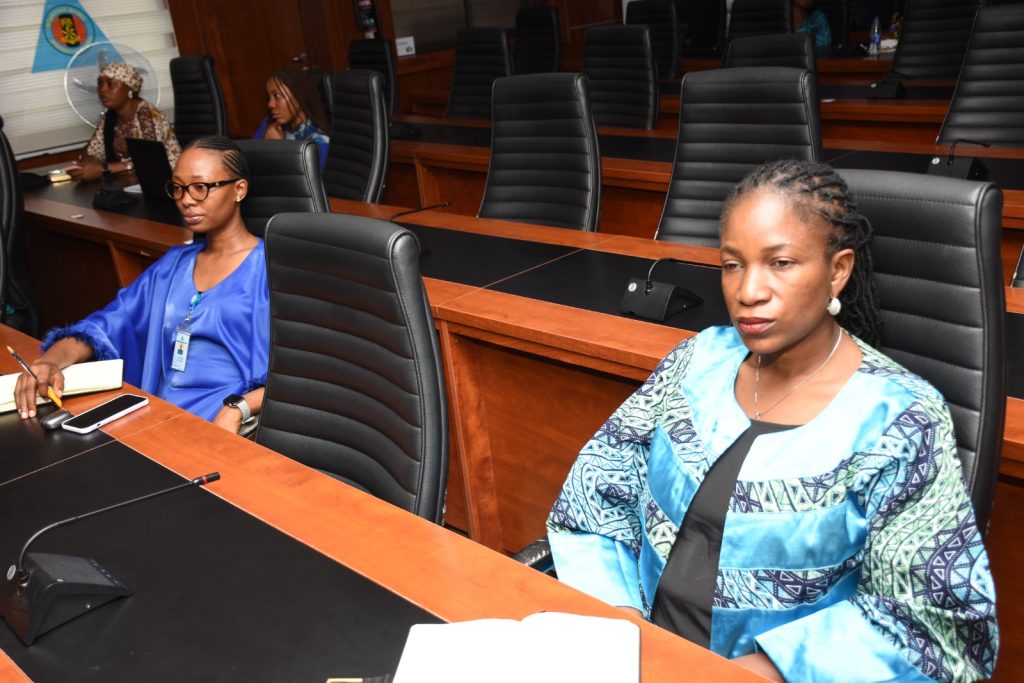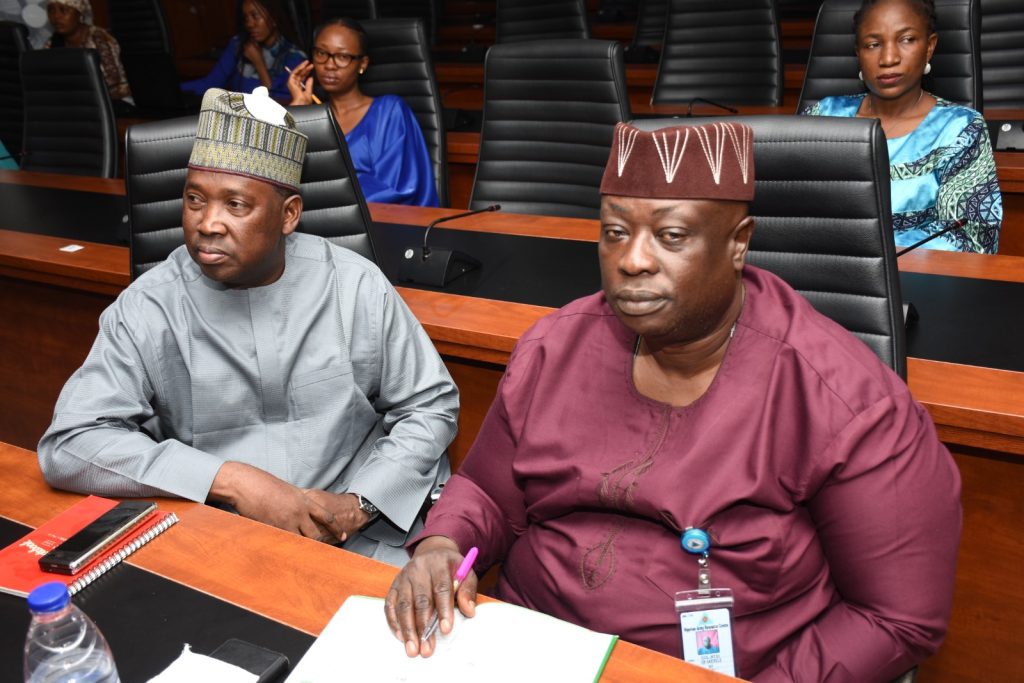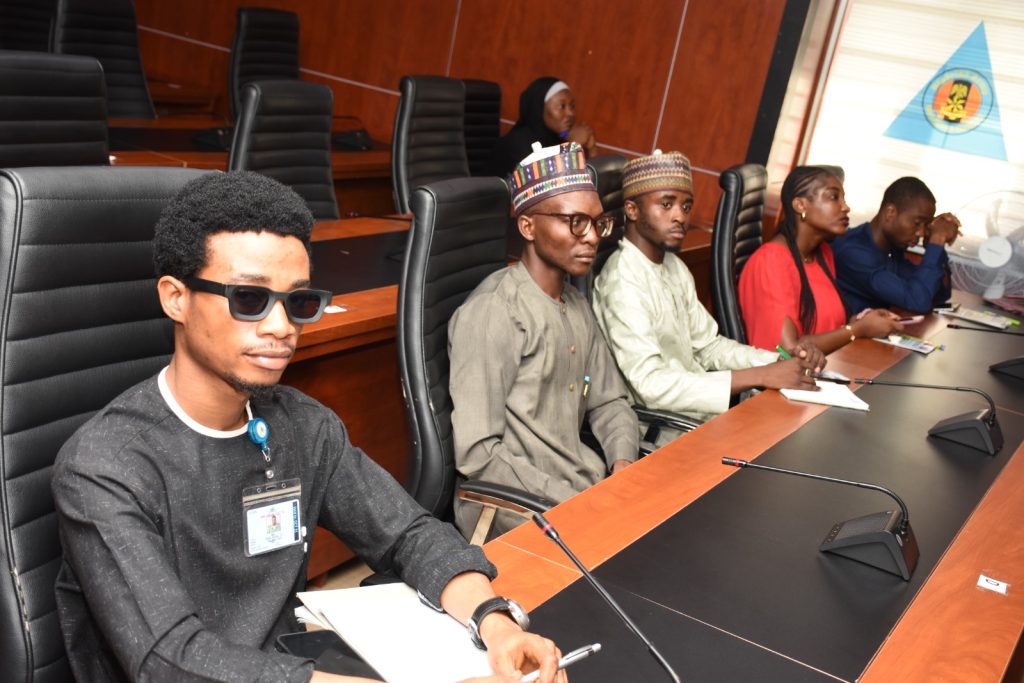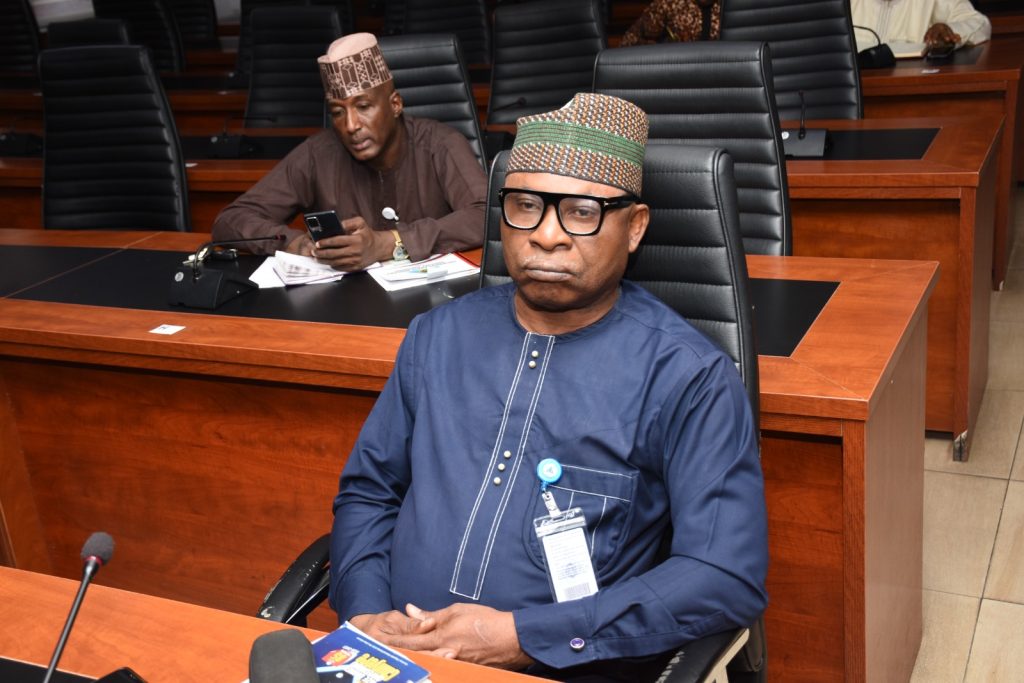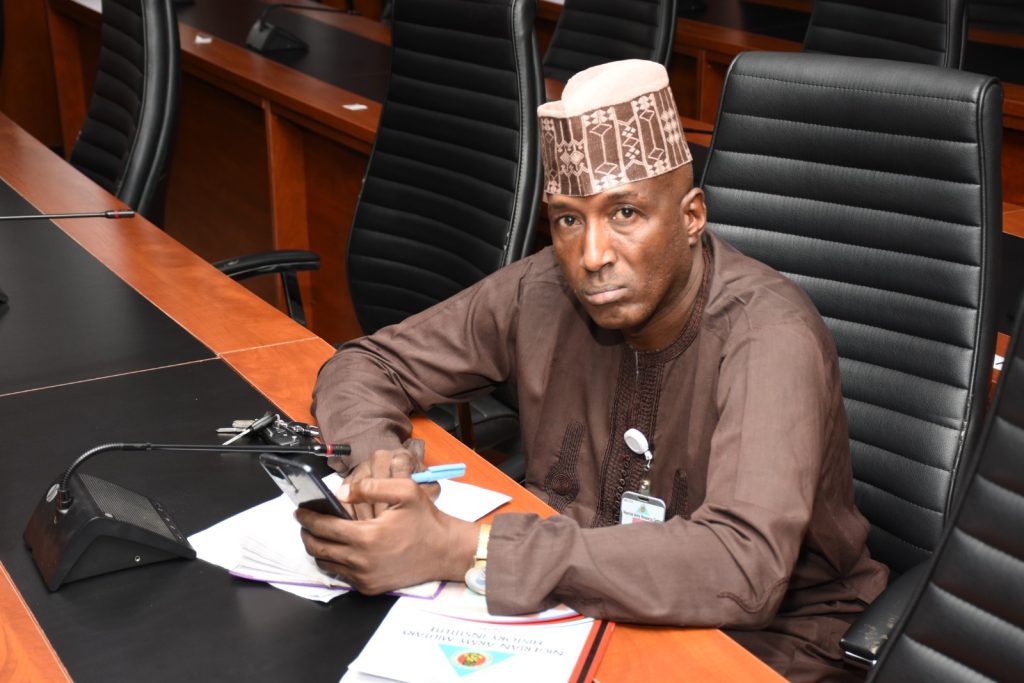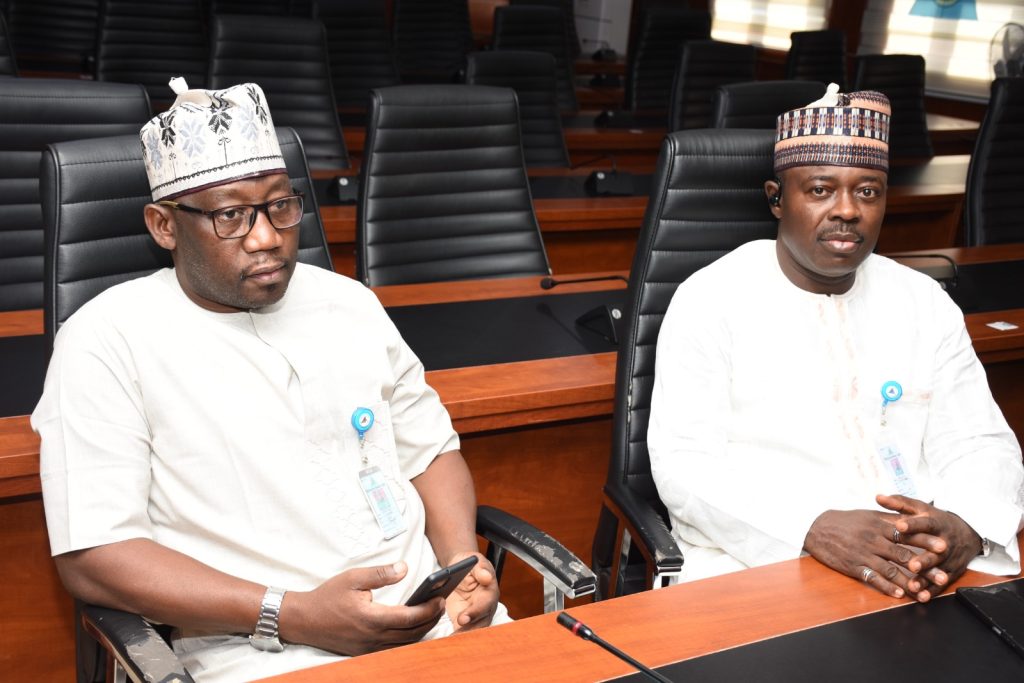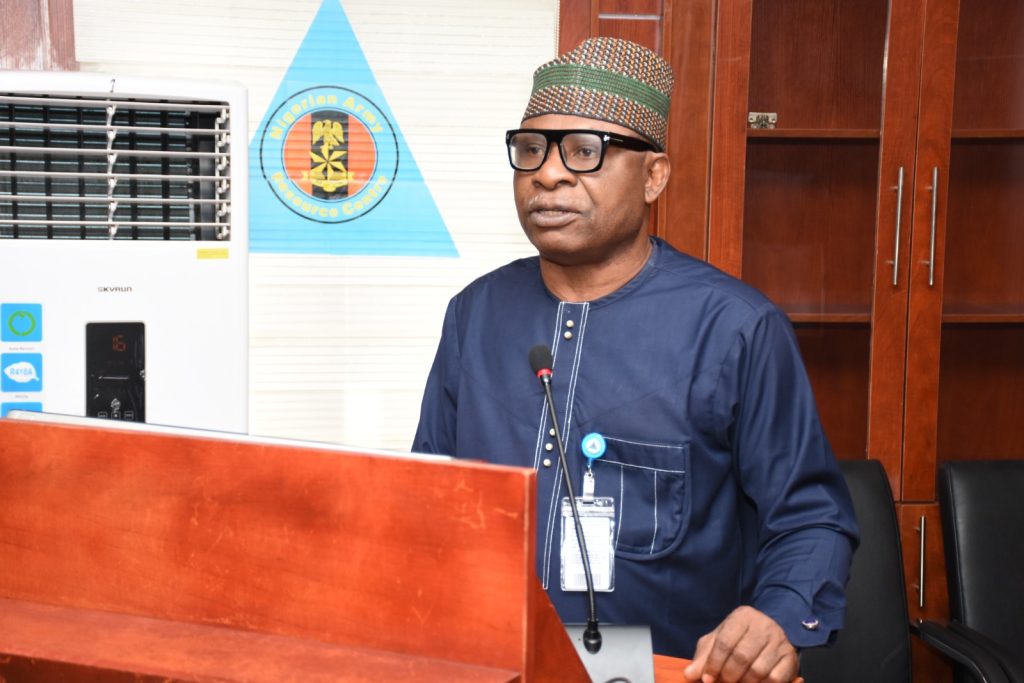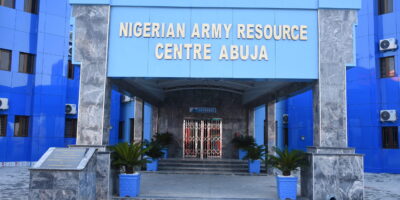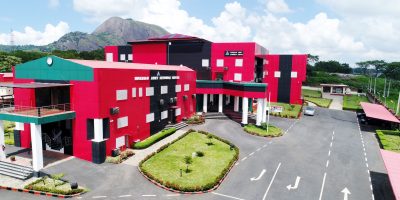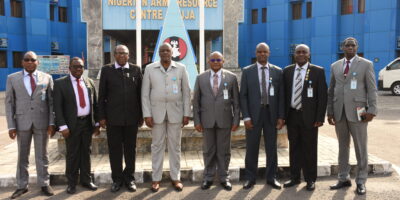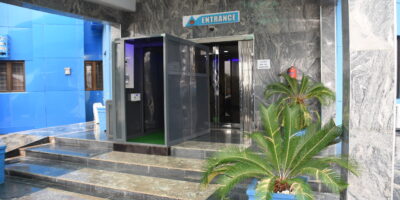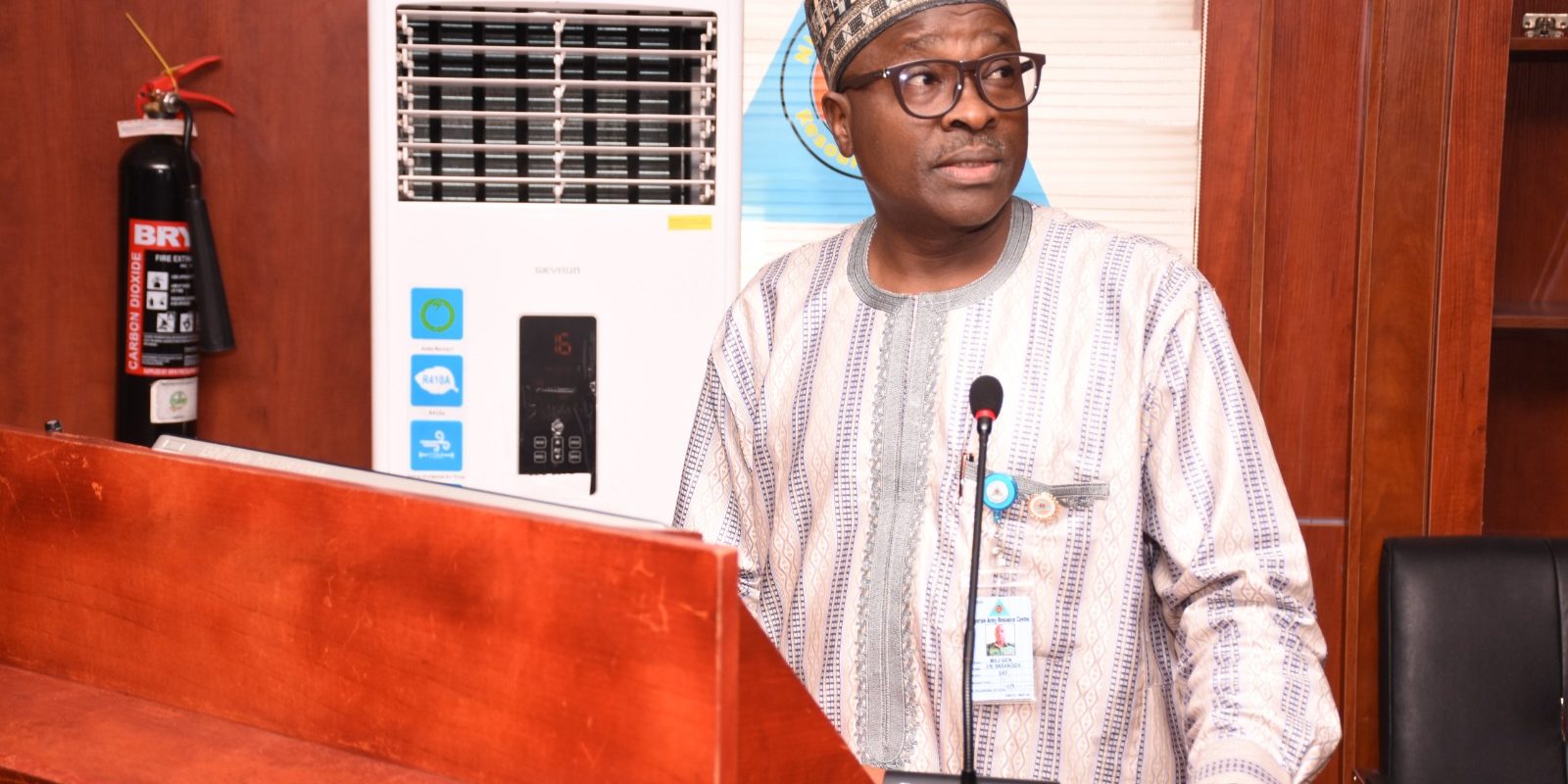Nigerian Army Resource Centre (NARC) Weekly Subject Experts’ Presentation was held at Hall C TY Buratai Block, Abuja. There were two presentations made by the Subject Experts on Nigeria and East/Central Africa.
The first presentation was made by Maj Gen UN Babangida subject experts on Nigeria. His presentation Centered on how, Lassa Fever claims 138 lives in 2025, cases spread to 18 states – NCDC, Lassa fever has claimed 138 lives in Nigeria between January and May 2025.The Nigeria Centre for Disease Control and Prevention (NCDC) reports a case fatality rate of 19.3%.This figure marks a rise from 18.0% recorded within the same period in 2024. As of Week 18, a total of 717 confirmed cases have been reported. Four new States; Ondo, Edo, Bauchi, and Benue, reported cases in the current week. New confirmed cases dropped slightly from 11 to 10 in the past week. Despite the decrease, the overall death toll remains high and concerning. Ondo, Bauchi, and Taraba states account for 71% of confirmed cases. Ondo alone contributes 30%, Bauchi 25%, and Taraba 16% of total cases.These three states remain persistent hotspots despite nationwide interventions. The most affected age group is between 21 and 30 years old. Males are slightly more affected than females, with a male-to-female ratio of 1:0.8. No healthcare worker was infected in the current week. However, 22 healthcare workers have been affected in 2025 so far. NCDC has activated a multi-partner, multi-sectoral Incident Management System.Ten Rapid Response Teams have been deployed across affected states. Contact tracing and community sensitisation efforts have been intensified. NCDC also distributed essential supplies including PPEs, Ribavirin, body bags, and disinfectants. These efforts are in collaboration with WHO, MSF, CEPI and Georgetown University.
In his analysis and lessons for Nigeria, Maj Gen UN Babangida stressed out that, The Lassa fever outbreak has claimed 138 lives and affected 717 people across 18 states in 2025. The case fatality rate rose from 18.0% in 2024 to 19.3% in 2025.Persistent hotspots like Ondo, Bauchi, and Taraba reflect regional vulnerabilities. Recurring outbreaks suggest gaps in disease control infrastructure and public health education. Late presentation of cases reduces survival chances and hinders outbreak containment. Low public awareness in high-burden areas contributes to continued transmission. Poor environmental sanitation remains a key driver of disease spread. Nigeria needs an integrated public health approach beyond emergency response. Grassroots health education should be prioritized using local languages and culturally sensitive content. Community engagement should include schools, religious groups, and traditional leaders. Public awareness efforts need to encourage prompt health-seeking behavior. Strengthening primary healthcare systems can reduce fatalities through early detection. Policy actions must focus on improving environmental health and sanitation.
Proper waste management and safe food storage are crucial in preventing rodent-borne infections. Urban and rural planning should include rodent control and hygiene promotion. Sustained investment in public health infrastructure is essential. Collaboration with global health partners should shift from reactive to proactive support. Nigeria must build long-term capacity in epidemic preparedness and research.
He recommended that, The Federal Ministry of Health should intensify disease surveillance, early detection mechanisms, and rapid response systems in all Lassa fever-prone states.
The Second presentation was made by Brig Gen ED Idimah subject experts on East and Central Africa. His presentation Centered on how, National Public Varsities on the Breaking Point as Debts Hit Sh72 Billion. On 17 May, 2025, Mike Kihaki of Standard Media, Nairobi, reported that Kenya’s public universities are facing a severe financial crisis with a total debt of Sh72.2 billion, led by the University of Nairobi’s Sh13.2 billion. Other heavily indebted institutions include Technical University of Kenya (TUK), Kenyatta University, Egerton, and Jomo Kenyatta University of Agriculture and Technology (JKUAT). The debts result from unpaid statutory deductions, contractor fees, and pension arrears, disrupting operations and causing industrial actions. Funding cuts and a Sh36.6 billion deficit in Higher Education Loan Board (HELB) exacerbate the crisis, risking student loans and access to education. Universities have reduced programs, frozen hiring, and halted projects, with Moi University owing Sh7.83 billion and recent layoffs affecting staff and pensioners.
In his analysis and lessons for Nigeria, Brig Gen ED Idimah stressed out Higher education is vital for national development, innovation, and socio-economic progress. However, Nigerian public universities have been facing persistent financial challenges, threatening their sustainability and quality of education. The crisis has been exacerbated by dwindling government funding, mismanagement, and increasing operational costs. The Nigerian government’s funding of higher education has been consistently below the recommended 26% of the national budget, as stipulated by United Nations Educational, Scientific and Cultural Organization (UNESCO) (UNESCO, 2015). Instead, allocations have dwindled over the years, with some universities receiving as low as 5-10% of their operational costs from government coffers. Misappropriation of funds and corruption have significantly hampered financial efficiency in Nigerian universities. Reports indicate that funds allocated for infrastructure, salaries, and research are often diverted or misused, further straining resources. The escalation of operational costs, including staff salaries, maintenance, and administrative expenses, outpaces government funding. The proliferation of ghost workers and salary padding exacerbates the problem. Financial shortages have led to reduced research activities, fewer academic programs, and inadequate infrastructure, compromising the quality of education. Many staff members face unpaid salaries and pensions, leading to strikes and industrial actions. Students experience disrupted academic calendars, limited access to facilities, and unpaid allowances. Unfunded maintenance has led to dilapidated facilities, affecting learning environments and research outputs. Many universities resort to external borrowing or private partnerships to sustain operations.
He recommended that, The Federal Ministry of Education should encourage Nigerian universities to promote long-term PPP for infrastructural development, research collaboration and student support services.
